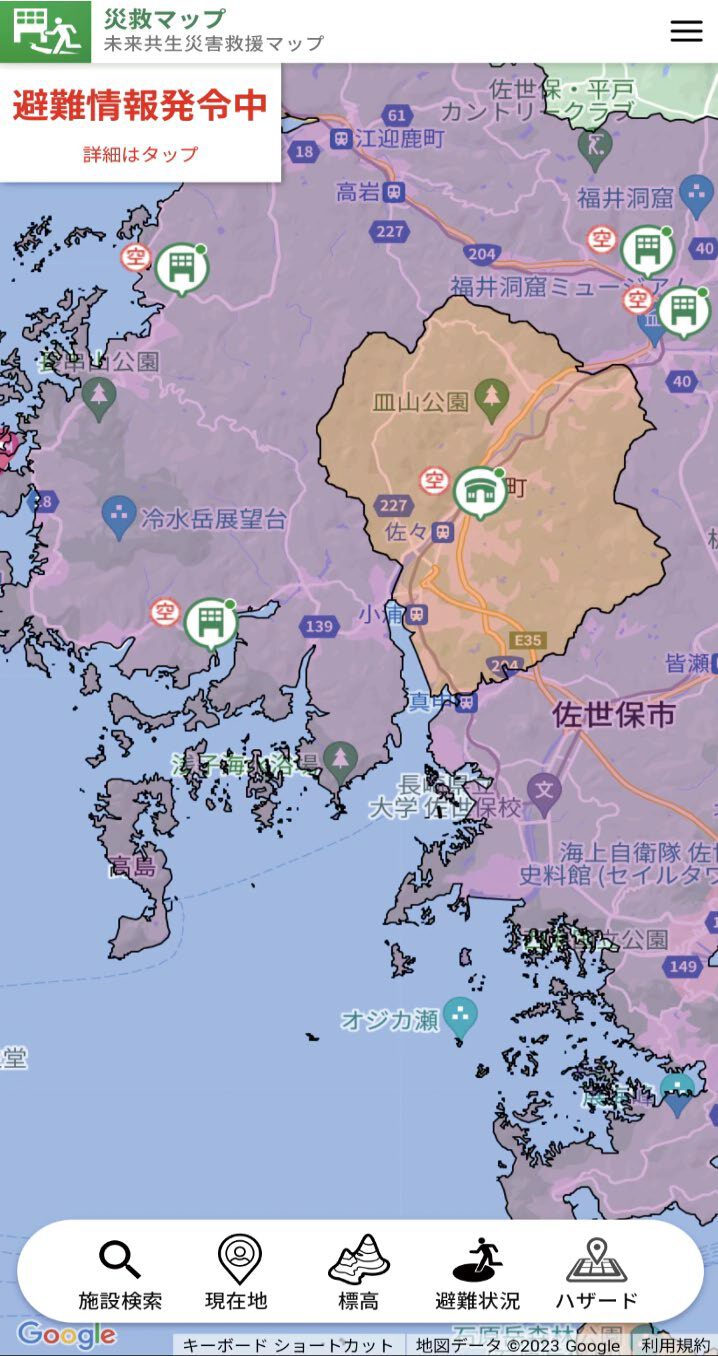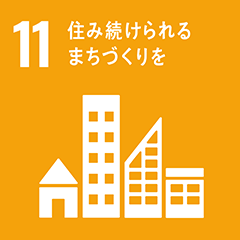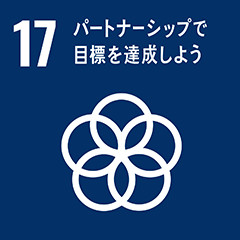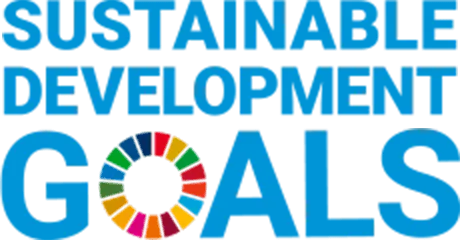Inochi Declaration
Build a resilient and inclusive society through diversity-driven innovation by bridging the blind spots of disaster resilience—religious institutions, science and technology, and local governments.
In recent years, Japan and many other parts of the world have experienced an increasing frequency of natural disasters, including earthquakes and torrential rains. One of the most pressing issues during such events is the shortage of evacuation shelters. In many areas, designated shelters alone are insufficient to accommodate evacuees. In response to this challenge, there has been growing attention to the role of religious institutions as alternative evacuation shelters.
During the Great East Japan Earthquake and the Kumamoto Earthquake, temples, shrines, and other religious facilities served as shelters and volunteer centers. These institutions worked in collaboration with local governments and social welfare councils to provide essential support. Likewise, during the Noto Peninsula Earthquake, over 35 religious institutions functioned as shelters and welcomed numerous evacuees. Because they are trusted by the local communities, religious institutions can also enhance the “soft” elements of disaster preparedness, including information dissemination, safety confirmation, and mental health care during emergencies.
Recognizing these possibilities, the Social Solution Initiative (SSI) at The University of Osaka, together with the Regional Information Co-Creation Center (RICCC), has launched a project titled “Construction of a Disaster Prevention / Watching System with Community Resources and Information Technology.” The project is led by Professor Keishin Inaba of the Graduate School of Human Sciences.

Respect-Relief Map
https://map.respect-relief.net/
To fully utilize religious institutions during disasters, it is crucial to establish stronger coordination with local governments. This includes designating religious sites as official shelters or emergency assembly points and entering into agreements to develop evacuation plans and operational structures in advance. Although there is a growing movement toward such cooperation, as of now, only 24.0% of local governments in Japan have established formal cooperation frameworks with religious institutions—leaving significant room for expansion. Additionally, there are challenges such as seismic resilience and location suitability of religious facilities, which must be addressed through initiatives like hazard map-based planning and structural reinforcement.
On the other hand, science and technology—including ICT (Information and Communication Technology), AI, and IoT (Internet of Things)—offer new tools for enhancing disaster preparedness and response. Social innovation that integrates local resources with technology is essential. Examples include ICT-based shelter management systems, real-time evacuation alerts, and digital volunteer coordination platforms. These tools allow for not just Technology-Driven Innovation (TDI), but also Diversity-Driven Innovation (DDI) where various actors collaborate to generate shared social values such as altruism, mutual support, and coexistence.
In times of disaster, religious institutions can serve not only as shelters but also as temporary shelters for stranded individuals and as facilities for dignified care of the deceased. In Tokyo, religious sites are already being used to host stranded commuters, and similar initiatives should be expanded nationwide. By strengthening partnerships among religious institutions, science and technology sectors, and local governments, we can enhance the overall disaster preparedness of society. Moreover, by improving monitoring and support systems during ordinary times, we can contribute to everyday safety and well-being—not just during crises.
Moving forward, it is essential to build deeper collaborations between local governments and religious institutions, while also accelerating the adoption of technology-based disaster preparedness systems.
By bringing together diverse stakeholders, we can foster a spirit of mutual aid not only during emergencies but also in daily life. Through intentional collaboration among religious institutions, science and technology, and local governance— and by embracing the principles of Diversity-Driven Innovation (DDI)—we can establish more effective and inclusive disaster preparedness systems and realize a resilient, inclusive society. Let us leverage the strengths of each actor and work together to create communities where all people can live with safety and peace of mind.
The Inochi Forum will continue to promote collaboration between religious institutions, science and technology, and local governments—grounded in the principles of Diver- sity-Driven Innovation—while working alongside a wide range of partners and initiatives.
[References]
・Future Symbiotic Disaster Relief Map (Respect Map)
https://map.respect-relief.net/
・Disaster Risk Reduction through Community Resources and Science and Technology – SSI
・Regional Information and Communication Co-Creation Center (RICCC)
・Inaba, Y. & Kawabata, R. (2025). “Disaster Cooperation between Local Governments and Religious Institutions: National Survey of Basic Local Governments, FY2024,” Religion and Social Contribution, 15(1), pp.1–22.
https://ir.library.osaka-u.ac.jp/repo/ouka/all/100624
[Action Platform]
Urban Development and Disaster Prevention
[SDGs]



